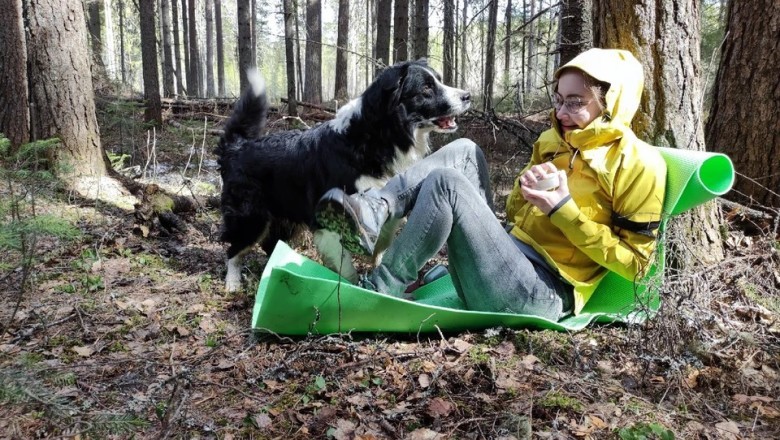
The Untold Mission of North Dakota's Canine Heroes
In the stillness of the North Dakota forests, a silent battle plays out each weekend—a battle not fought with weapons, but with instinct, training, and an unbreakable bond between humans and their dogs. For over a decade, a dedicated group of volunteers has transformed their pets into search and rescue workers, igniting hope in the hearts of families that may one day find their loved ones lost in the wilderness.
The journey of a rescue dog begins not with a bark, but with careful consideration. Not every dog possesses the traits necessary to succeed in search and rescue. It’s not just a matter of having a pet; it demands strength, resilience, and an unwavering desire to confront the unknown.
The Selection Process
Irina Stepanova, a rescue dog handler, notes the importance of selecting a promising puppy with lineage traced to working dogs—those who have proven their mettle in competitions and certification. However, selecting the right candidate is just the beginning. It is paramount to evaluate each dog’s temperament. Some may be too aggressive, while others could be too timid, requiring extensive training and time to prepare for the challenges ahead.
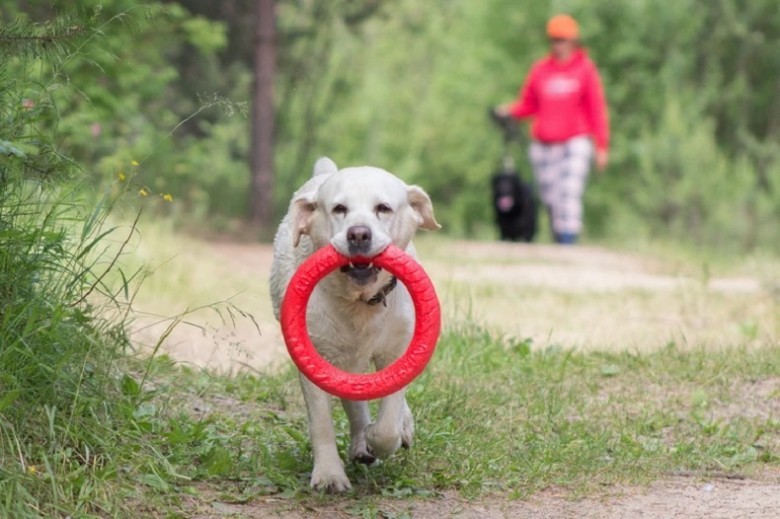
Through a blend of love and rigorous training, volunteers pour their energy into these dogs, teaching them to search for scent like fine-tuned instruments of detection. These dogs, much like their human counterparts, must face unforgiving elements, from harsh winters that chill to the bone to marshy terrains that threaten to swallow them whole.
Training: A Dance of Trust
Training sessions unfold like a symphony in the forest—an intricate dance of trust and instinct. Canine volunteers learn to hone their extraordinary senses, sniffing the air to locate missing persons. Each command delivered by their handlers reinforces the bond they share.
The Structure of Training Sessions
The process commences with simple tasks. The trainers initially teach the dogs to track scents in controlled environments before gradually increasing the complexity. Volunteers or "statisticians" hide in secluded spaces, small profiles representing the lost—holding containers of food as a reward for the dogs. The task is straightforward yet profound: find and alert.
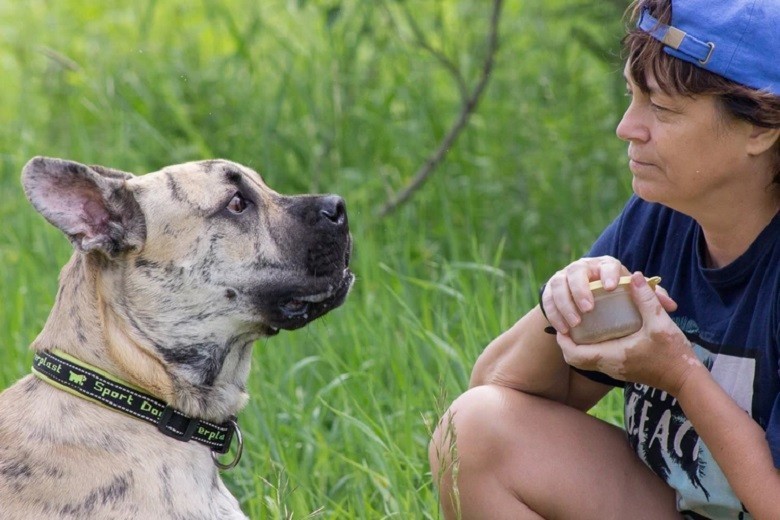
As trust builds, the training environment becomes progressively challenging. Dogs are concealed beneath dirt, hidden in trees, or buried in rubble, simulating conditions that they may encounter in a real-life search. These exercises are crucial for preparing the dogs for the emotional and physical challenges they will face in the field.
Real-Life Stakes
Five days of intense effort can pass in a search, with volunteer dog handlers navigating the elements—be it torrential downpours or bitter frost—to bring closure to the families left in limbo. The urgency of these situations is palpable; time is of the essence. Families cling to hope, while searchers dig in, driven by the instinct to rescue.
The Search for the Missing
One compelling story exemplifies this profound commitment. There was a case when a woman ventured into the forest for berries and vanished. The search commenced swiftly, with volunteers fanning out across a vast area, combing the wilderness for any signs of the missing woman. As the days blurred into each other, the emotional weight of uncertainty pressed down on both the volunteers and the anguished family.
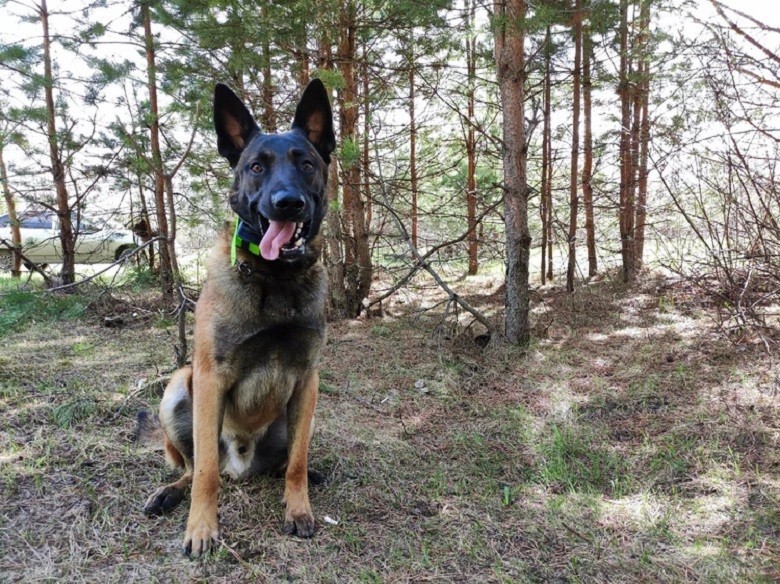
While the search team worked tirelessly, nature was indifferent. Through torrential rains and biting winds, they remained undeterred. Each handler's connection with their canine partner deepened, each moment of silence heightened their senses. They are both acutely aware that the stakes have never been higher. In the end, it was a chance encounter that led to her discovery; a hunter in the area unknowingly stumbled upon her after five grueling days. The miracle of rescue underscored the unpredictability of life and death in the forest, a testament to the relentless spirit of those who serve.
The Joy of Learning
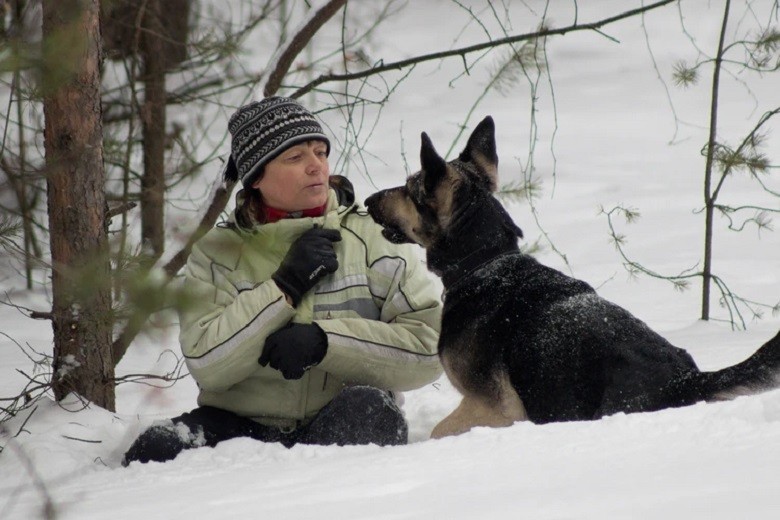
Among the ranks of dedicated volunteers, each story is unique. Newcomers like Elena Zolotaryova and her Labrador Nyusha know the importance of mental engagement. The joy their dogs express during training is palpable; it's a celebration of ability and accomplishment.
The Heart of the Training
Elena reflects on her first training session with Nyusha, recalling the dog's instinctual drive to work, transitioning from playful antics to focused determination with the speaker’s cue. The duo trained energetically, running through the woods, the Labrador's tail wagging with exuberance. Together, they embody the spirit of teamwork, where both dog and human rely on each other.
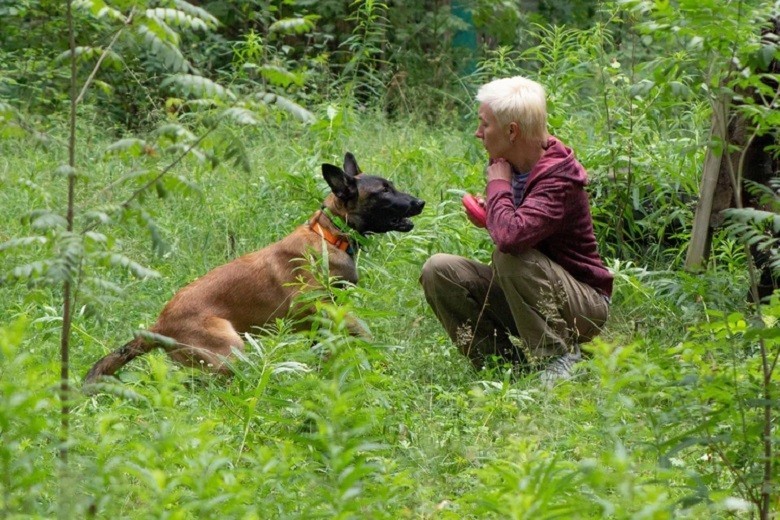
Conversely, seasoned partnerships, such as the Konstantin and Olga duo with their Labrador Harley, have seen such joy transform into absolute euphoria. They describe how Harley first reacted to the training exercises—he could barely contain himself, quivering with excitement and joy at being able to chase, bark, and, most importantly, bond with his owners in this meaningful pursuit.
Training as Celebration
For Harley, every training session was akin to a holiday. He thrives on the motion, the barks, the treats, and the joyful camaraderie shared among the team. Their experiences exemplify the dual purpose of such training: to prepare their dogs for serious and often life-threatening situations while ensuring their canines find purpose and joy in their work.
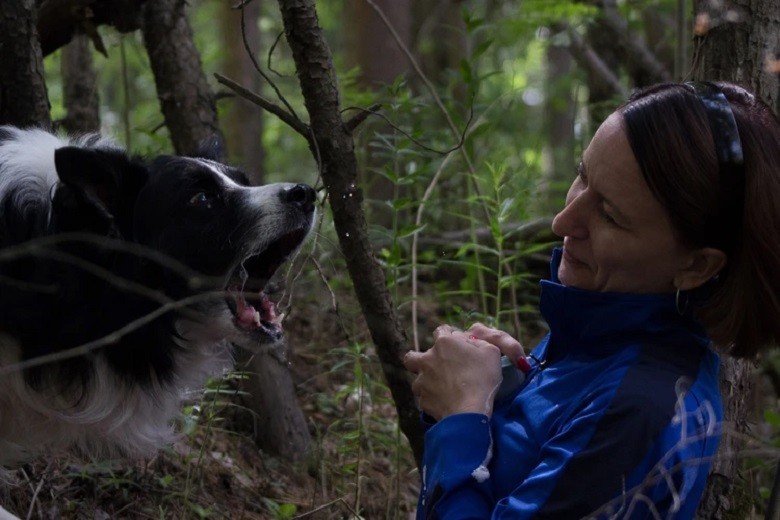
The dogs thrive on the stimulation provided by the search exercises, a testament to the importance of physical and intellectual engagement in their lives. Each behavior, every bark, reinforces their readiness for the ultimate goal: finding those who have gone missing.
Innovations in the Field
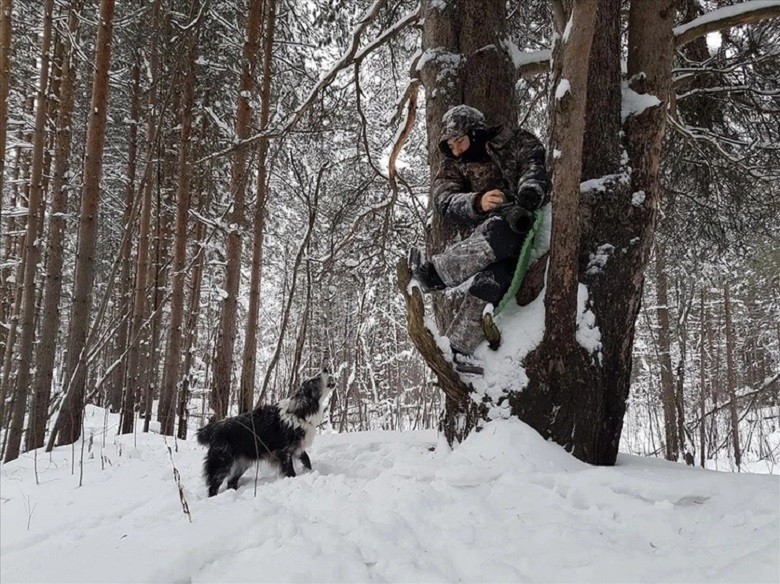
Yet the mission extends beyond mere search and locate. The volunteers continually seek improvements in how they operate. Through grants and innovation, initiatives like "Strelki: Exit from the North Dakota Forest" aim to bridge the gap between lost individuals and their rescuers.
Groundbreaking Initiatives
This project is a remarkable innovation aimed at reducing the search time for lost individuals in the woods. Metal arrows placed along potential escape routes provide those disoriented with direction. For individuals who find themselves lost, a simple metal arrow becomes a beacon of hope, connecting the lost to their path home. If a person has a phone, they can call emergency services, equipped with the coordinates of the arrow they've encountered, significantly streamlining the rescue process.
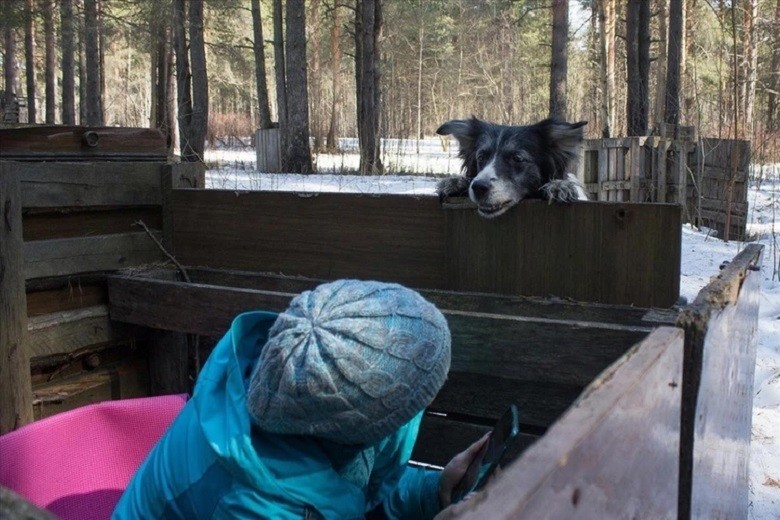
Additionally, these arrows are logged into a federal database, ensuring a framework is in place for lost individuals to navigate their way back to safety. This proactive approach represents the synergy between technology and nature, helping to ensure that rescue operations can be executed more efficiently.
A Community of Resilience
The heart of this operation lies in the cohesion of community, a tapestry woven from the threads of shared experiences and mutual support. Each volunteer dog handler understands the significance of their work, the potential impact it can have on families experiencing despair.
Stories of Hope
Throughout the years, countless stories have emerged from these searches, stories filled with hope, heartache, and triumph. Each rescue is a reminder that there is a network of individuals—both human and canine—all dedicated to the same cause. For these volunteers, the camaraderie extends beyond the woods; it develops into deep friendships forged through shared experiences.
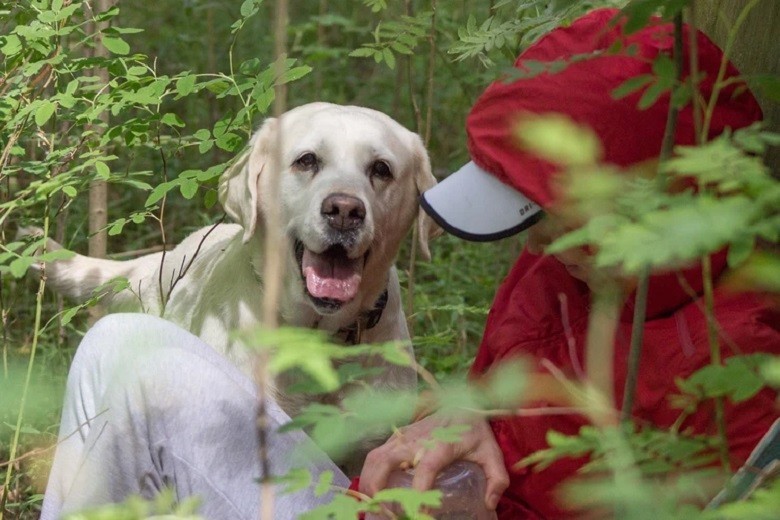
There are instances where volunteers have spent long nights in the forest, strategizing over maps, sharing stories, and bolstering each other's resolve. These moments create lasting bonds, uniting not just the teams of people involved, but also their dogs, who thrive on the energy and companionship of others.
The Emotional Toll
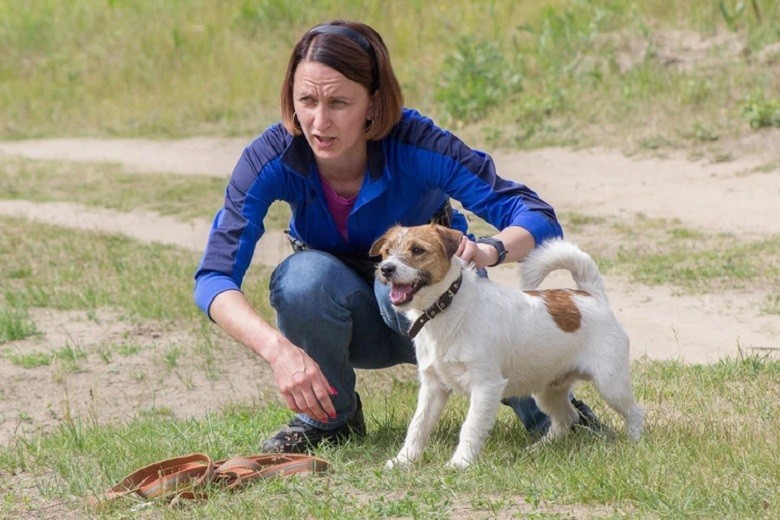
While the successes are celebrated, the emotional toll of these endeavors cannot be overlooked. Each failed search is a weight upon the hearts of the volunteers. They are not just handlers guiding their pets; they are individuals carrying the weight of lives intersected by tragedy.
Coping Mechanisms
The volunteers have developed coping mechanisms—support networks within the community. After particularly challenging searches, they process their feelings openly, sharing the emotional aftermath with peers who understand the complexities of these experiences.
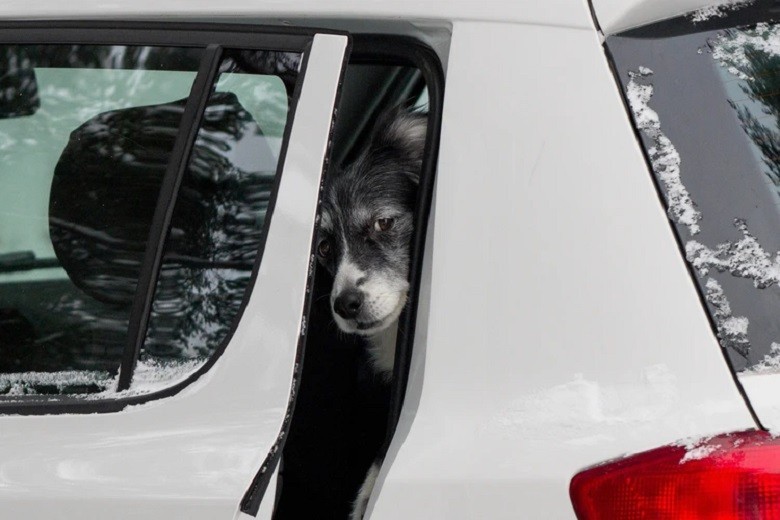
Moreover, they take time for self-care, engaging in lighter training sessions or group outings with their dogs. This balance helps maintain their emotional well-being, ensuring they are renewed and ready for the next mission.
A Call to Action
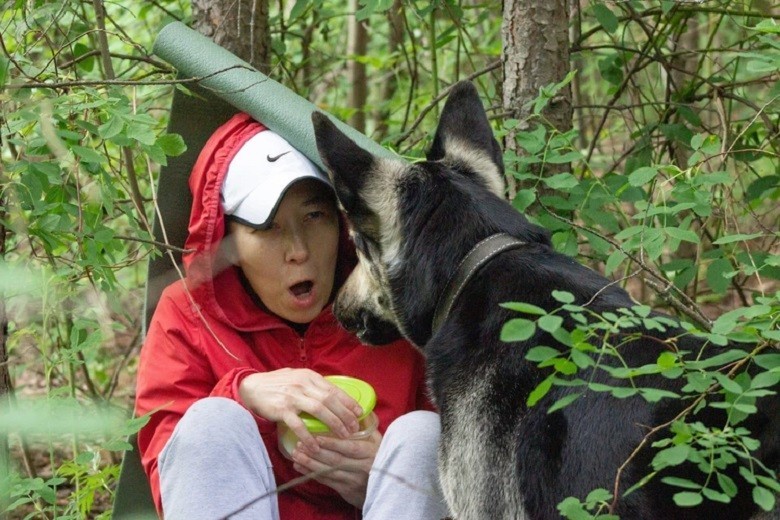
The work of North Dakota's canine volunteers is not just about training dogs or searching the woods. It’s a testament to humanity's relentless spirit—an embodiment of love, dedication, and the unyielding desire to help. Each operation encapsulates the essence of community, driving home the profound impact of what can be achieved when people commit to a cause greater than themselves.
Building Awareness
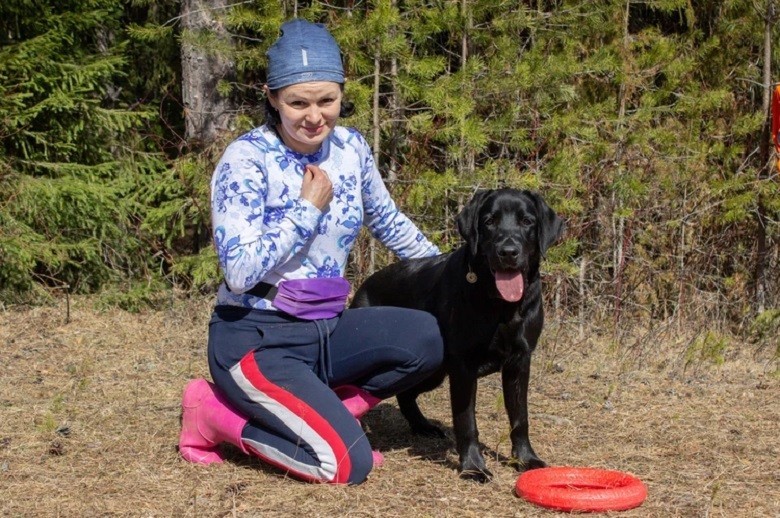
To further enhance their efforts, North Dakota’s canine search and rescue teams have begun to encourage community outreach, raising awareness about safety while in the wilderness and educating individuals on what to do when lost. They advocate for outdoor safety measures, making sure that individuals carry essentials like maps, emergency contacts, and the knowledge of directing rescuers to their location.
The Future
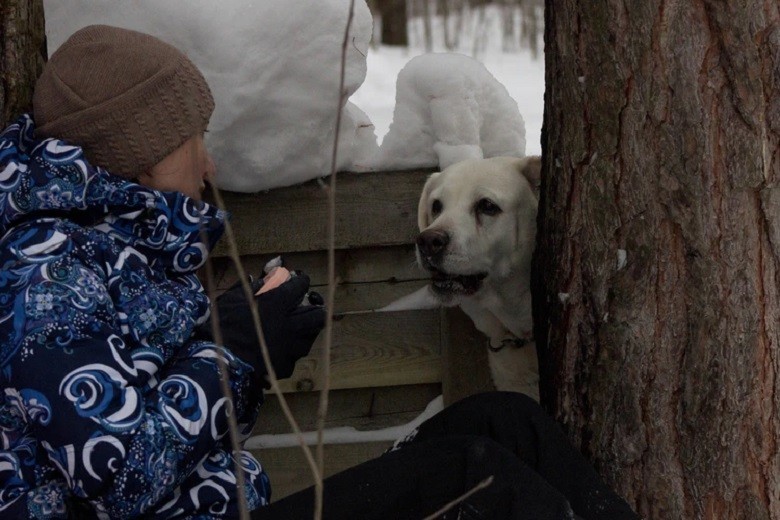
As they look ahead, these volunteers strive to expand their capacity, taking on more recruits, improving training protocols, and incorporating newer technologies. The groundwork laid today paves the way for future successes, with an ever-increasing number of dedicated individuals ready to step up in times of crisis.
Conclusion
In their eyes, every training session is indeed a holiday, a celebration of life and purpose. Yet, beneath that joyful exterior lies a significant responsibility—the power to change lives. Those who venture into the wild should remember: they are never truly alone. In the heart of the forest, their guardians await, ready to respond when the call for help echoes through the trees.
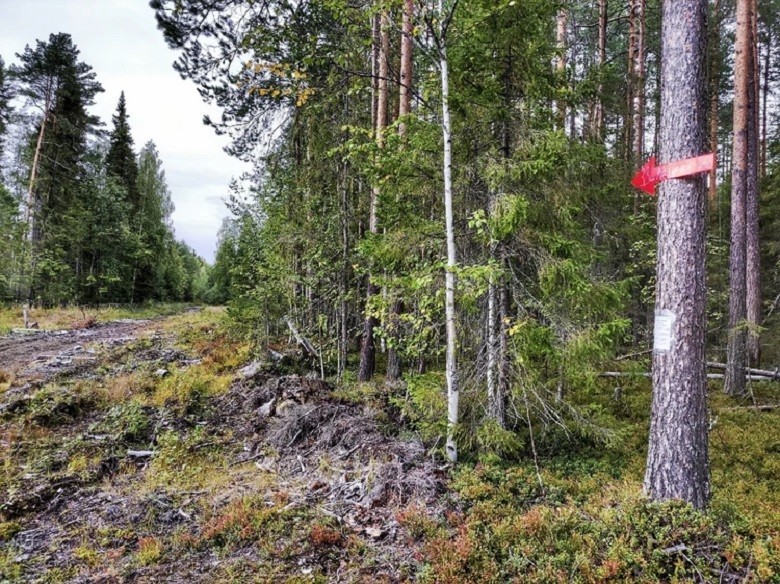
The work of these canine heroes is a reminder that hope shines brightest in darkness. Each alert bark and wagging tail serves as a beacon, symbolizing the bond of trust forged in the crucible of training and a relentless commitment to make a difference. As long as there are dogs willing to serve and humans driven to guide them, the forests of North Dakota will remain a place of rescue, a realm where love and loyalty transcend the fears of the unknown.
In a world filled with uncertainty, this dedicated community of human and canine partners exemplifies the power of connection, illustrating that through perseverance, faith, and compassion, they can navigate the uncharted, uncover the hidden, and, above all, bring the lost back home. And as they continue their work, their story unfolds—a testament to the power of hope, resilience, and the unbreakable bond between humans and their four-legged companions.












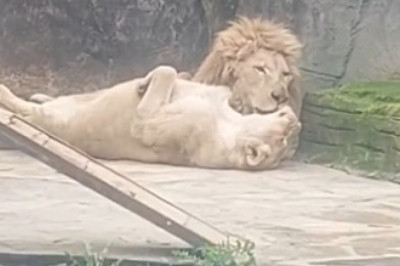


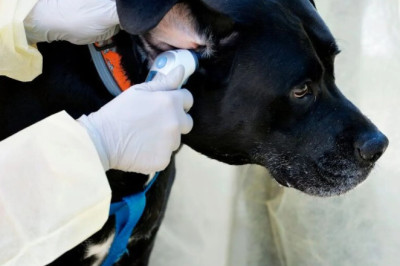
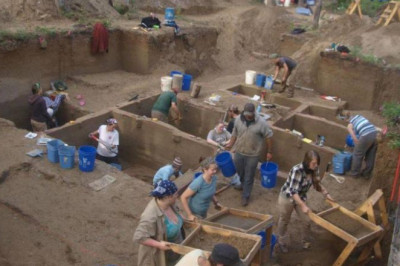

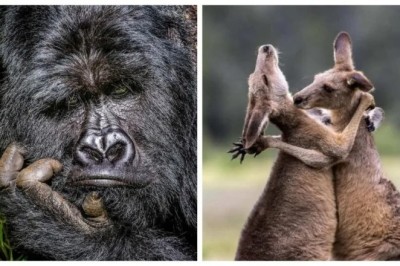
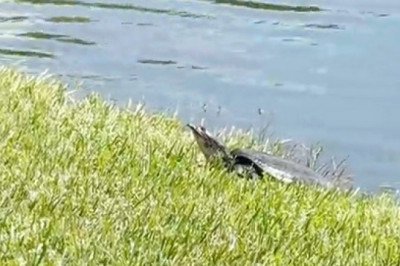
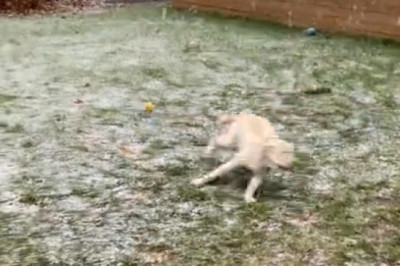
Comments
0 comment